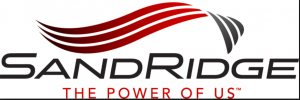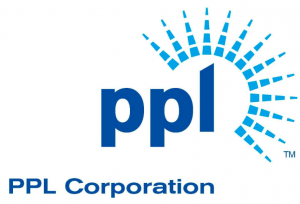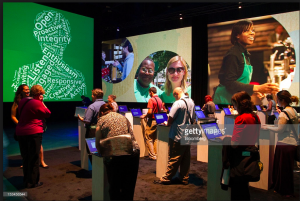
As organizations continue to diversify, the opportunities for workplace problems intensify. Business and organization owners typically face one or more of three potential levels of conflict — employee, team or organization issues. Most of the time, the underlying causes of these problems are the lack of open communications or using the wrong organizational structure.
SandRidge Energy, for example, has problems in executive pay and benefits related party transactions. Their shareholders have serious concerns about the company’s pay practices. There are unclear relationship between compensation and performance, a short-term policy orientation and concerns about internal pay equity. Even worse, SandRidge’s CEO Tom Ward discloses very little information about its approach to handling its environmental and social risks and opportunities, which may raise concerns for investors.

SandRidge Energy is not the only company experiencing huge management red flags. PPL Corporation also has problems in executive compensation. This company’s annual performance bonus plan is discretionary with payouts, and it’s not based on hitting pre-established performance targets. And its CEO William Spence is entitled to over $24 million in the event of a termination following a change in control.

Both CEOs of SandRidge Energy and PPL Corporation have demonstrated ineffective leadership. They can fail their employees by not defining a compelling vision for the company, not delegating, and not representing multiple constituencies. Moreover, such organizational problems may lead to severe team problems, such as the absence of team identity. Employees of the company may not feel mutually accountable to one another for the company’s objectives. There may be a lack of commitment and effort, conflict between team goals and employees’ personal goals, or poor collaboration as their efforts are not being equally and fairly appreciated and rewarded. Furthermore, the lack of identity will lead to a lack of participation, where employees may fail to complete their assigned tasks and responsibilities. Thus, organizational behaviors are vital to organizational success in the dynamic global marketplace today, failure to do so will put companies with huge management red flags and cause irreversible severe consequences.
Reference:
- https://workplacepsychology.net/2010/12/17/eight-common-problems-teams-encounter/; EIGHT COMMON PROBLEMS TEAMS ENCOUNTER; STEVE NGUYEN, PH.D.
- http://www.businessinsider.com/10-companies-with-huge-management-red-flags-2012-2#hewlett-packard-hpq-1 10 Companies With Huge Management Red Flags, business insider
- The first picture: http://www.wisegeek.com/what-are-the-most-common-organizational-culture-problems.htm; What Are the Most Common Organizational Culture Problems?
- The second picture: http://www.prnewswire.com/news-releases/sandridge-energy-inc-provides-operations-update-and-full-year-2016-guidance-300335604.html ; SandRidge Energy, Inc. Provides Operations Update and Full Year 2016 Guidance
- The third picture: http://www.insidermonkey.com/blog/ppl-corporation-ppls-ppl-electric-utilities-planning-to-start-a-new-regional-transmission-line-project-324857/ ; PPL Corporation (PPL)’s PPL Electric Utilities Planning New Regional Transmission Line Project




